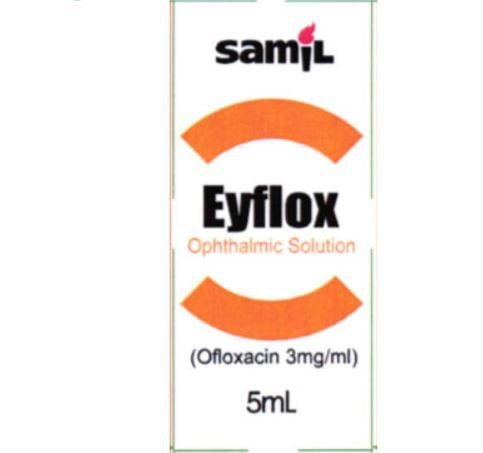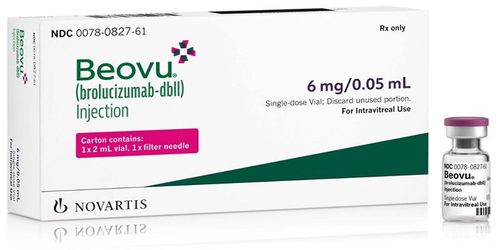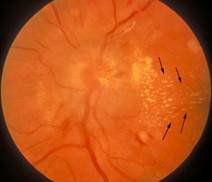This is an automatically translated article.
The article was professionally consulted by Specialist Doctor II Nguyen Thai Hung - Department of Medical Examination & Internal Medicine - Vinmec Danang International Hospital. Specialist II Nguyen Thai Hung has 13 years of experience as a doctor treating eye diseases.Glaucoma is a very dangerous disease that can cause blindness. Glaucoma occurs not only in adults but also in infants. If not detected and treated promptly, the child will be at risk of permanent blindness.
1. What is Glaucoma?
Glaucoma is also known as glaucoma, migraine or glaucoma. Elevated pressure in the eye (intraocular pressure) damages the optic nerve that connects the eye to the brain. The disease can lead to vision loss (blindness) if not detected and treated early.The normal eye has the shape of a sphere, about 2 cm in diameter, containing a type of water, called aqueous humor, which circulates regularly to nourish many parts of the eye. The circulation of aqueous humor is always in equilibrium. This fluid must exit the eye, through the small openings in the front, into the body. If these holes are narrowed or blocked, the fluid will pool, causing increased pressure in the eye (glaucoma), damage to the optic nerve, leading to blindness.
Glaucoma is quite common and has no symptoms in its early stages, so it is difficult to recognize. However, if detected early and the right treatment can stop the progression of the disease, patients can avoid serious vision and field of vision loss.
2. Who is susceptible to glaucoma?
Glaucoma usually occurs in people over the age of 40 but is most common in adults in their 70s and 80s, especially in anxious and stressed women.Diseases with genetic factors. In a family with glaucoma, those of the same blood have a 5-6 times higher risk of developing the disease.
Glaucoma has no signs of infection, and in elderly patients, it is easy to confuse it with presbyopia. Therefore, the disease is often detected late, when patients come to the doctor when their eyes are completely blurred, it is too late because of irreversible optic nerve damage.
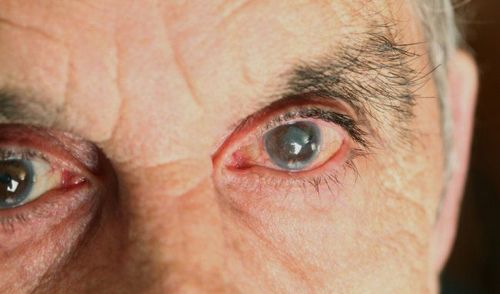
3. Causes of glaucoma
Glaucoma has no obvious cause but is associated with increased pressure in the eye and/or decreased blood flow to the optic nerve.Cataracts can be congenital or caused by damage to the inside of the eye. Elevated hydrocele can lead to glaucoma, but not everyone gets glaucoma with hydrocele.
Some other factors that can increase the risk of Glaucoma include:
Age: About 1 in 10 people over the age of 75 has glaucoma. Ethnicity: People of African, Caribbean, or Asian ancestry have a higher risk of glaucoma than people elsewhere. Genetic. Have a history of eye injury. Severe nearsightedness. Hypertension . Smoke a lot. Corneal thickness is reduced.
4. Glaucoma symptoms
There are two types of glaucoma: the rapidly progressive (acute) type and the slow, insidious (chronic) progressive type. There are cases of patients with glaucoma in one eye but also in both eyes.In the acutely progressive form, the patient experiences eye pain, migraine headaches, sometimes very intense, possibly accompanied by nausea or vomiting, abdominal pain, "rainbow"-like colors, or vision. diminished (blurred vision), red eyes, feeling of tightness, dilated pupils (dilated pupils).
Silent progressive form is difficult to recognize, often patients only feel a little dizzy, eyes tired, sometimes feel blurred vision. In both acute or chronic cases, the patient suffered damage to the optic nerve. Therefore, early detection of the disease is extremely important.
Children suffering from glaucoma have the following symptoms: Fear of light, when the light is on, the baby will scream, if the baby is still nursing, when he is full, he still faces his mother's chest, with tears in his eyes. eyes and squint often. Children with glaucoma, from 6 months or more, vision will gradually decrease, the family easily detects through the "buffalo eye" syndrome, which means the baby's eyes will be enlarged and round, the pupils are as big as buffalo eyes.
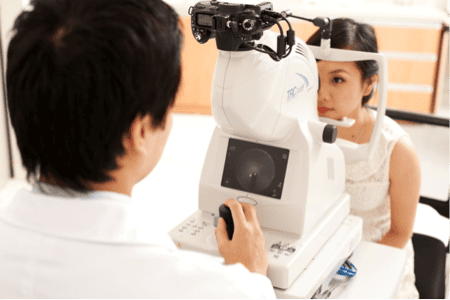
5. When can cataracts be detected?
Optometry: An eye chart test measures how well you can see at different distances. Field measurements: Testing your peripheral vision helps your doctor confirm loss of peripheral vision, a sign of glaucoma. Ophthalmoscopy: The doctor uses a special magnifying lens to examine the retina and optic nerve for eye problems. Tonometry: A measurement of the pressure inside the eye using a special instrument that helps detect glaucoma. Corneal examination is a method of measuring the thickness of the cornea. Neurological tomography (OCT): Check to detect damage to the optic nerve head and retinal nerve fiber layers To detect glaucoma early, when the eyes have blurred, painful symptoms, the patient do not arbitrarily use drugs, but must go to a specialized medical facility to be prescribed by a doctor to perform appropriate tests and treat the disease. For people over 40 years old (especially women) who are often exposed to computers and work in stressful conditions, they should have their eyes checked every 6 months.6. Is glaucoma contagious?
Glaucoma is a disease that is not transmitted from person to person. However, the disease has a genetic component. In a family with glaucoma, those who are close relatives have a 5-6 times higher risk of developing the disease. In case the patient has acute glaucoma (usually occurs in only one eye), after surgery, the possibility of disease spreading to the second eye is very high, requiring regular monitoring.Vinmec International General Hospital is one of the hospitals that not only ensures professional quality with a team of leading medical doctors, modern equipment and technology, but also stands out for its examination and consultation services. comprehensive and professional medical consultation and treatment; civilized, polite, safe and sterile medical examination and treatment space.
Please dial HOTLINE for more information or register for an appointment HERE. Download MyVinmec app to make appointments faster and to manage your bookings easily.







